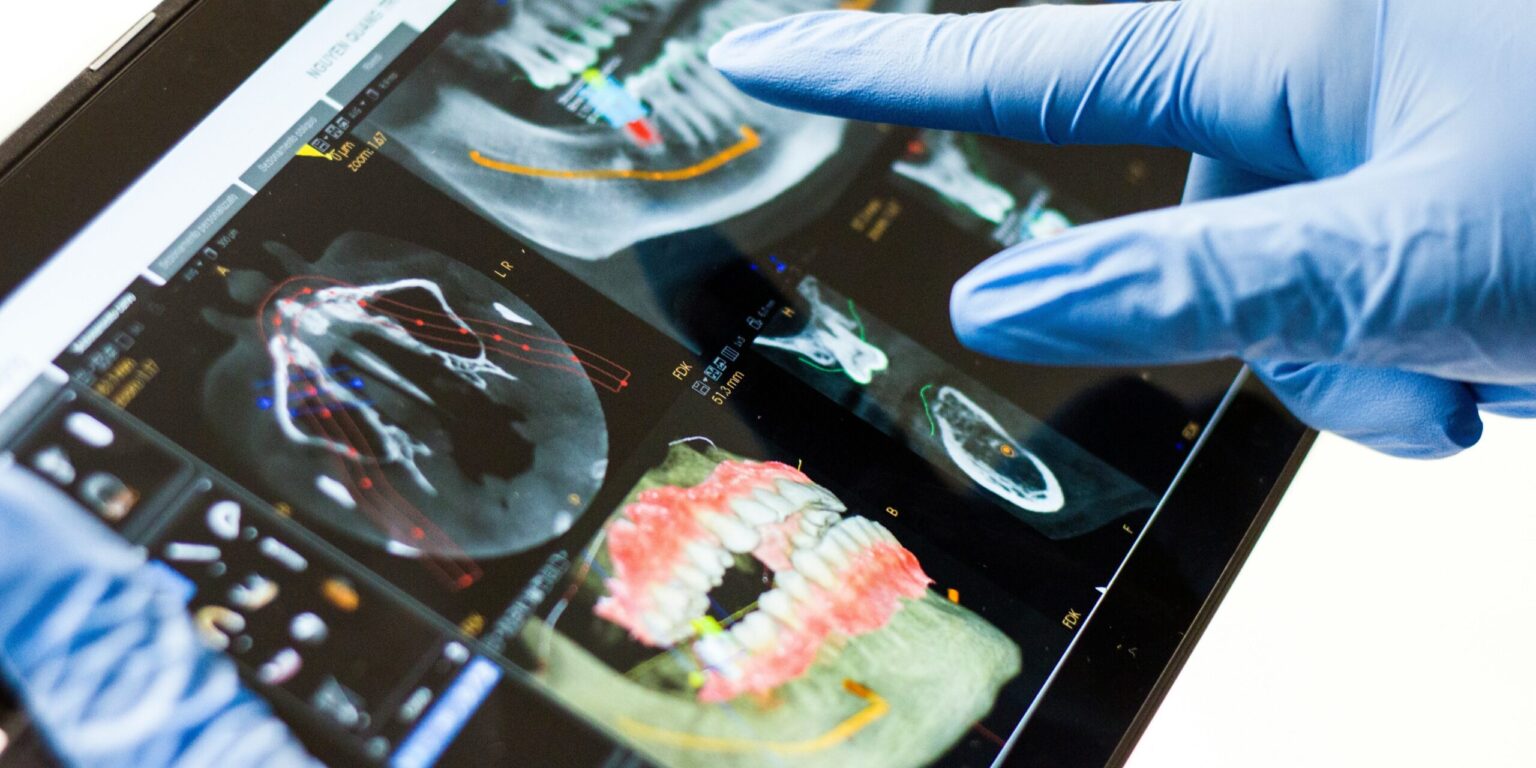In a significant advancement for postoperative care, researchers at the Mayo Clinic have developed an artificial intelligence (AI) system capable of detecting surgical site infections (SSIs) with high accuracy using patient-submitted wound photographs. This innovation aims to enhance early detection and treatment, potentially reducing complications and hospital readmissions.
The AI system, detailed in a study published in the Annals of Surgery, employs a two-stage model. Initially, it determines whether a submitted image contains a surgical incision. If an incision is present, the system then assesses the image for signs of infection. Trained on over 20,000 images from more than 6,000 patients across nine Mayo Clinic hospitals, the model achieved a 94% accuracy rate in identifying incisions and demonstrated an area under the curve (AUC) of 0.81 in detecting infections.
“We were motivated by the increasing need for outpatient monitoring of surgical incisions in a timely manner,” said Dr. Cornelius Thiels, a hepatobiliary and pancreatic surgical oncologist at Mayo Clinic and co-senior author of the study. “This process, currently done by clinicians, is time-consuming and can delay care. Our AI model can help triage these images automatically, improving early detection and streamlining communication between patients and their care teams.”
The development of this AI tool comes at a time when outpatient surgeries and virtual follow-ups are becoming more common. Traditional methods of postoperative monitoring often rely on in-person visits, which can be burdensome for patients and healthcare providers alike. By enabling remote assessment of surgical wounds, the AI system offers a more efficient approach to postoperative care.
Dr. Hala Muaddi, a hepatopancreatobiliary fellow at Mayo Clinic and first author of the study, emphasized the potential impact of the technology: “This work lays the foundation for AI-assisted postoperative wound care, which can transform how postoperative patients are monitored. It’s especially relevant as outpatient operations and virtual follow-ups become more common.”
Importantly, the AI model demonstrated consistent performance across diverse patient demographics, addressing concerns about potential algorithmic bias. The researchers are hopeful that, with further validation, the tool could function as a frontline screening method, alerting clinicians to concerning incisions and enabling earlier interventions.
“Our hope is that the AI models we developed — and the large dataset they were trained on — have the potential to fundamentally reshape how surgical follow-up is delivered,” said Dr. Hojjat Salehinejad, a senior associate consultant of health care delivery research within the Kern Center for the Science of Health Care Delivery and co-senior author. “Prospective studies are underway to evaluate how well this tool integrates into day-to-day surgical care.”
The research was supported by the Dalio Philanthropies Artificial Intelligence/Machine Learning Enablement Award and the Simons Family Career Development Award in Surgical Innovation. As the healthcare industry continues to explore the integration of AI technologies, innovations like this AI tool from Mayo Clinic represent a promising step toward more accessible and efficient patient care.
